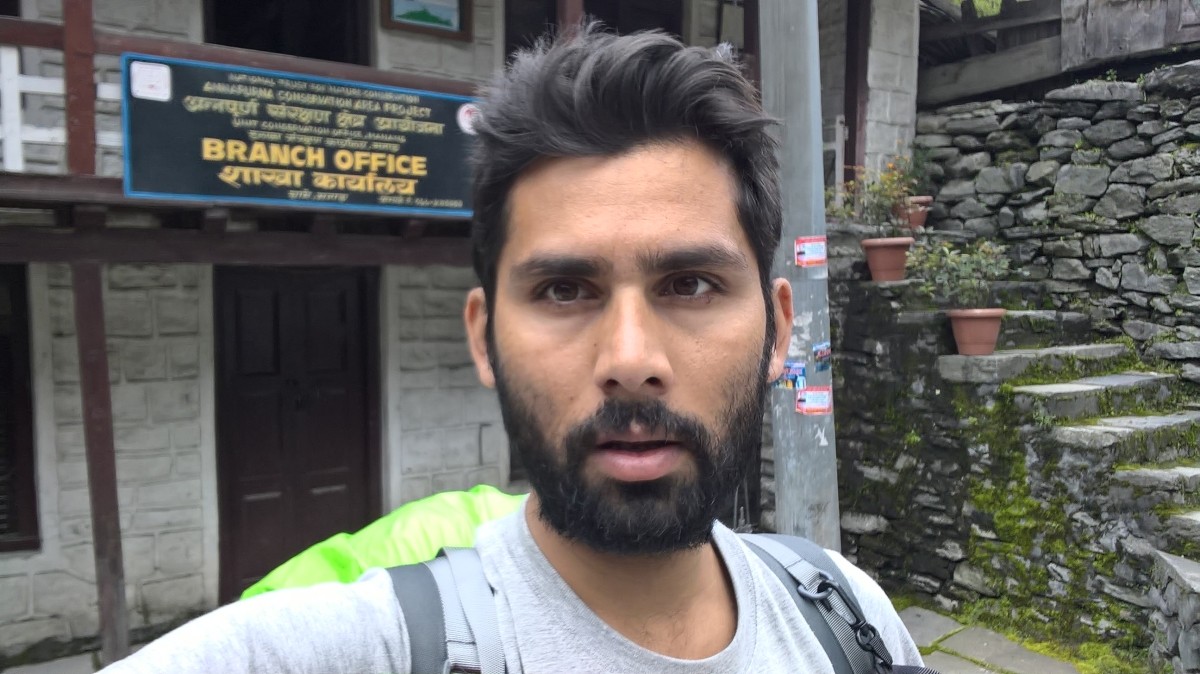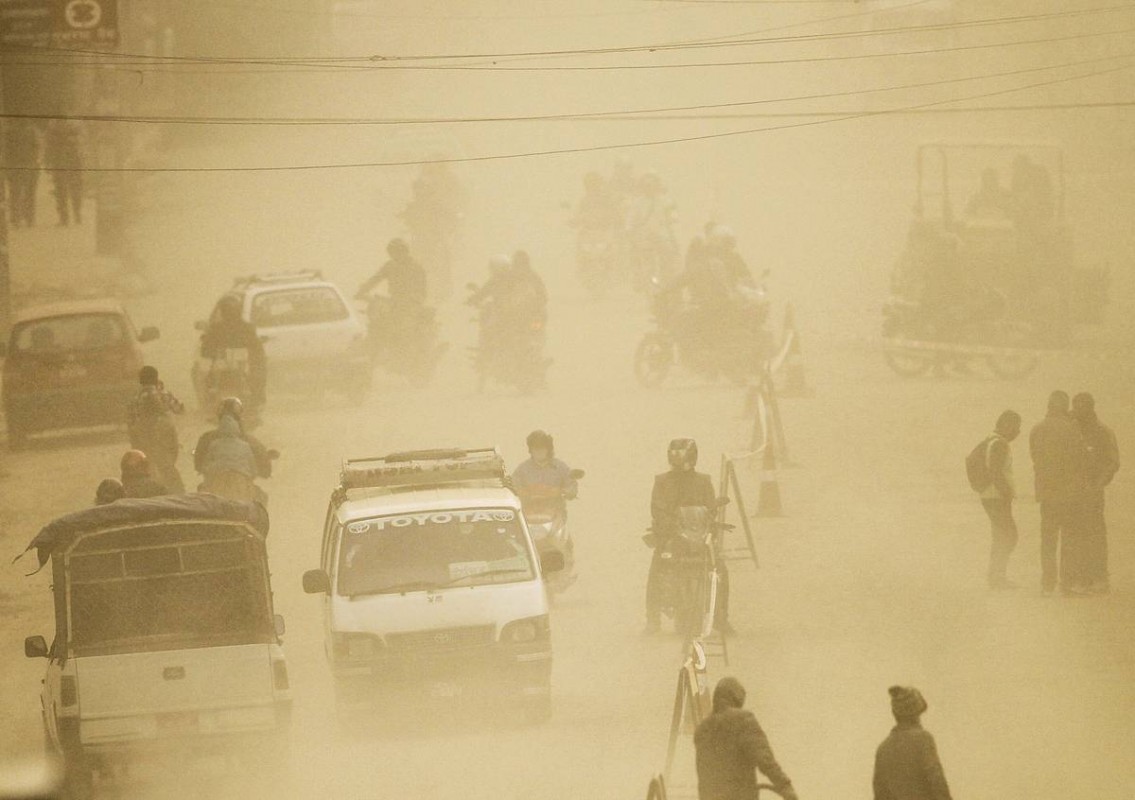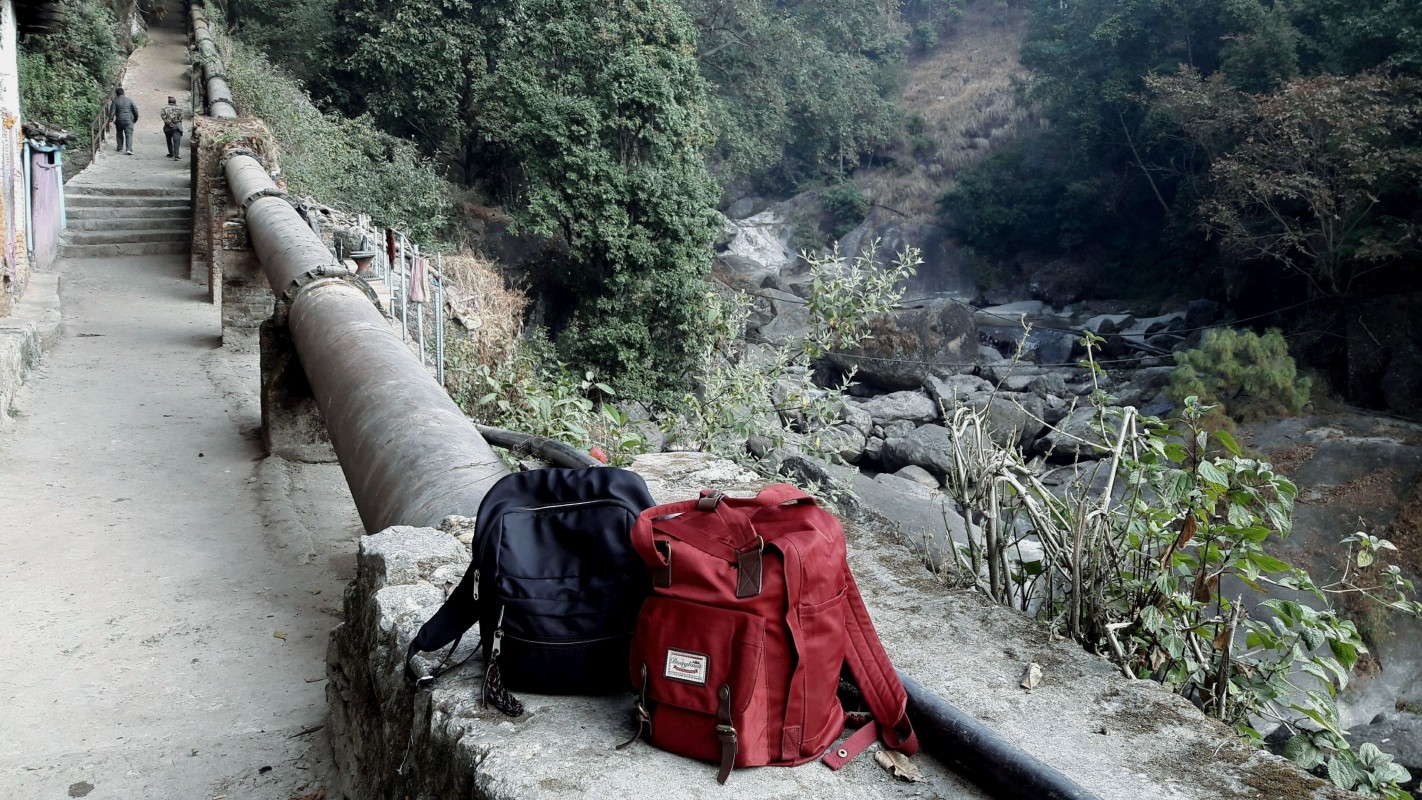History of Bouddhanath Stupa

Bouddha Stupa is a world heritage site and it is widely popular as the largest Stupa in the world. Its view from the land through its narrow gate or its view from the sky is magnificent. It’s so white and so pure, it feels as if someone’s heart is cleansing of impurities right after beholding it. In terms of grace and purity of line, no other Stupa in Nepal comes close to Boudhanath. From its whitewashed dome to its gilded tower painted with the all-seeing eyes of the Buddha, the monument is perfectly proportioned. It is absolutely amazing to join the Tibetan pilgrims on their morning and evening koras (circumambulations) in the best atmosphere. Boudhanath Stupa is believed to have been built by the Licchavi King of Kathmandu Sivadeva in fifth century AD. However, Tibetan sources also claim that a mound was excavated in the 15th century and the bone of Late king Amshuvarma was found there. There are various other myths in among Tibetan and Nepalese regarding the origin of the Stupa, however, the record and excavation reveal that it was built in 5th century AD. One of the myth behind the formation of this Stupa is incredible. It is said that, the Stupa was build by a mother, Jadzima who looked after her chickens. She was very poor. Despite of her poverty, she had an intense desire of building a Stupa. She expressed this desire of her to the King. Out of the influence of the Karma of Jadzima permission to build the Stupa slipped out of the King’s mouth. This Stupa in Tibetan is called, Jarung Kashor Chorten. This means Stupa built by the permission slipped out of mouth. The mother died after she completed up to the vase, the dome like structure. The mother had four sons. The construction of the rest of the Stupa was completed by the four sons. After they finished it, they all stood up in the front of the Stupa and made prayers. Everyone made their wishes. When they were praying, all the Buddhas and Bodhisattvas were absorbed into the Stupa, which is why the name of the Stupa is also “All-Encompassing.” It is also found out that the first Stupa at Boudhanath was built sometime after AD 600, when the Tibetan king, Songtsen Gampo, converted to Buddhism. According to legend, the king constructed the stupa as an act of penance after unwittingly killing his father. The highly symbolic construction serves in essence as a three-dimensional reminder of the Buddha’s path towards enlightenment. The base represents earth, the kumbha (dome) is water, the harmika (square tower) is fire, the spire is air and the umbrella at the top is the void or the air beyond the space. The 13 levels of the spire represent the stages that a human being must pass through to achieve nirvana. Stupas were originally built to house holy relics and some claim that Boudhanath contains the relics of the past Buddha, Kashyapa, while others say it contains a piece of bone from the skeleton of Siddhartha Gautama, the Buddha. Around the base of the stupa are 108 small images of the Dhyani Buddha Amitabha (108 is an auspicious number in Tibetan culture) and a ring of prayer wheels, set in groups of four or five into 147 niches. To reach the upper level of the base, look for the gateway at the north end of the stupa, beside a small shrine dedicated to Hariti (Ajima), the goddess of smallpox. The base is open from 5am to 6pm (till 7pm in summer), offering a raised viewpoint over the tide of pilgrims surging around the stupa. The committed devotees prostrating themselves full-length on the ground in the courtyard on the east side of the Stupa. This is a wonderful world heritage site for a visit while you are in Kathmandu.







